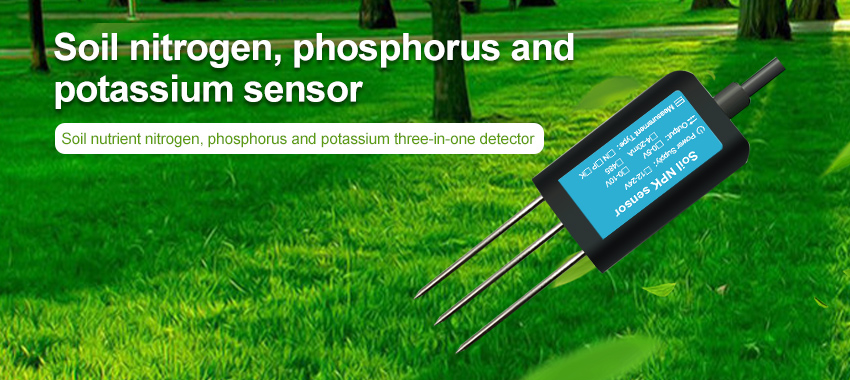Agriculture forms the backbone of our society, providing food and resources for a growing global population. With the increasing demand for sustainable and efficient agricultural practices, there is a need for innovative technologies that can enhance productivity while minimizing environmental impacts. Soil sensors have emerged as a crucial tool in modern agriculture, enabling farmers to monitor and optimize soil conditions for improved crop growth. This article explores the use of soil sensors as a smart farming approach to enhance agricultural productivity, focusing on their functions, applications, benefits, challenges, and future prospects.

Functions of Soil Sensors
Soil sensors are devices that measure various soil parameters to provide valuable information about soil health and fertility. They employ different technologies such as electrical conductivity, moisture content, temperature, and nutrient analysis to assess the conditions of the soil. These sensors collect data on key factors influencing plant growth, including moisture availability, nutrient levels, salinity, and pH. By understanding these factors, farmers can make data-driven decisions to optimize irrigation, fertilizer application, and other agronomic practices.
Applications of Soil Sensors
Soil sensors find numerous applications in modern agriculture, contributing to enhanced productivity and sustainability:
Irrigation Management:
Soil sensors play a vital role in optimizing irrigation practices. By measuring soil moisture content at different depths, farmers can determine when and how much water to apply. This helps prevent overwatering or underwatering, ensuring plants receive the right amount of water for optimal growth. Additionally, sensors can detect soil moisture gradients, allowing for precision irrigation strategies tailored to specific crop needs.
Nutrient Management:
Soil sensors provide valuable insights into soil nutrient availability. By continuously monitoring nutrient levels, farmers can adjust fertilization practices accordingly. This prevents nutrient deficiencies or excesses, promoting healthy plant growth and maximizing yield. Integrating soil sensors with automated nutrient dosing systems enables precise and targeted delivery of fertilizers, minimizing waste and environmental pollution.
Soil Health Assessment:
Soil sensors aid in evaluating soil health parameters such as salinity, pH, organic matter content, and compaction. By regularly monitoring these factors, farmers can identify potential soil issues and implement remedial measures. This promotes sustainable soil management practices and ensures long-term soil fertility and productivity.
Disease and Pest Management:
Soil sensors can assist in detecting early signs of disease or pest infestations. Changes in soil moisture, temperature, and electrical conductivity can indicate the presence of pathogens or pests. By identifying these issues early on, farmers can take proactive measures to mitigate their impact, reducing crop losses and the need for excessive pesticide application.

Benefits of Soil Sensors
Soil sensors offer several benefits in enhancing agricultural productivity:
Precision Farming:
Soil sensors enable precision farming practices by providing accurate and real-time data on soil conditions. This allows farmers to tailor their agronomic practices precisely, optimizing resource use and minimizing waste. Precision farming leads to improved crop quality, increased yield, and reduced environmental impact.
Resource Efficiency:
By monitoring soil moisture and nutrient levels, farmers can optimize irrigation and fertilization, reducing water and fertilizer usage. This not only saves costs but also minimizes nutrient runoff, groundwater contamination, and energy consumption associated with pumping and distribution systems. Soil sensors help farmers make informed decisions regarding resource allocation, contributing to sustainable agriculture.
Data-Driven Decision Making: Soil sensor data provides valuable insights that can guide farm management decisions. By analyzing trends and patterns in soil conditions, farmers can make informed choices regarding planting dates, crop selection, and agronomic practices. This facilitates proactive management, mitigates risks, and maximizes productivity.
Time and Labor Savings: Manual soil sampling and analysis can be time-consuming and labor-intensive. Soil sensors automate this process, providing real-time data without the need for physical sampling. This saves farmers significant time and effort, allowing them to focus on other critical farm operations.
Challenges and Future Perspectives
While soil sensors offer immense potential, certain challenges need to be addressed for their widespread adoption:
Cost: The initial cost of acquiring and installing soil sensor systems can be a barrier for small-scale farmers. However, as technology advances and economies of scale are realized, the cost of soil sensors is
